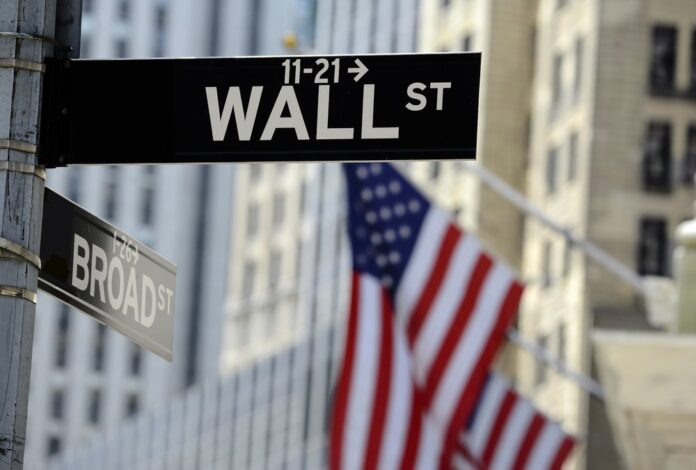NEW YORK: Stocks are flipping between small gains and losses on Wall Street after a report showed inflation remains high, according to Associated Press.
The S&P 500 was 0.3 percent higher in early Wednesday trading after reversing an earlier loss of roughly the same amount.
The index is coming off five straight losses and is close to its lowest point in nearly two years. A report from the government showed that inflation at the wholesale level eased last month, though it was a bit worse than economists expected.
A more closely watched component of the inflation data matched economists’ forecasts.
Treasury yields, which have driven much of Wall Street’s recent trading, were holding relatively steady.
Fears of a recession have been weighing on markets as stubbornly hot inflation leads consumers to temper their spending.
The Federal Reserve is aggressively raising its benchmark interest rate to make borrowing more expensive, a strategy that carries the risk of slowing the US economy too much and pushing it into a recession.
The Fed will release minutes from its last meeting later Wednesday, possibly giving Wall Street more insight into its views on inflation and next steps.
Investors and economists still expect the Fed to raise its overnight rate by three-quarters of a percentage point next month, the fourth such increase. That’s triple the typical hike, and would bring the rate up to a range of 3.75 percent to 4 percent. It started the year at virtually zero.
The government will also release its report on wholesale prices Wednesday, providing an update on how inflation is hitting businesses. A closely watched report on consumer prices is due Thursday and data on retail sales for September is due Friday.
The corporate earnings season begins in earnest this week with quarterly reports from PepsiCo, Delta Air Lines and Domino’s Pizza. Banks, including Citigroup and JPMorgan Chase, will also report results.
On Wednesday, PepsiCo. upped its outlook for the year with higher prices pushing up sales in the third quarter by 9 percent. Average prices at the drink and snacks maker rose 17 percent.
The British pound weakened against the US dollar after the governor of the Bank of England, Andrew Bailey, confirmed the bank will not extend beyond Friday an emergency debt-buying plan introduced last month to stabilize financial markets.
The pound fell by almost 1 percent to just below $1.10 after Bailey spoke, before rallying slightly. Financial markets reeled, with the currency hitting a record low of $1.03, last month after the government announced plans for tax cuts without saying how it would pay for them.
France’s CAC 40 gained 0.1 percent, while Germany’s DAX rose 0.2 percent and Britain’s FTSE 100 inched back 0.1 percent.
South Korea’s Kospi added 0.5 percent to 2,202.47 after the Bank of Korea raised its key rate by 0.5 percentage points, against the backdrop of the US Fed rate hikes, which have boosted the value of the dollar against many other currencies, including the won.
Bank of Korea Gov. Rhee Chang-yong told reporters that most monetary policy board members want the terminal policy rate to be at 3.50 percent. Analysts at SG Global Economics said they expect the pace of the tightening to slow down, with two more 0.25 percentage point hikes, one in November and another in January next year.
The Japanese yen declined to a 24-year low against the US dollar to 146 yen-levels, raising expectations of an intervention to prop up the yen following one such move in September. The dollar was trading at 146.59 Japanese yen, up from 145.80 yen. The euro cost 97.10 cents, inching up from 97.07 yen.
The weaker yen raises costs for both consumers and businesses who rely on imports of food, fuel and other needs, but the bigger purchasing power for foreign currencies is expected to boost tourism. Japan reopened fully to individual tourist travel this week after being closed for more than two years because of the pandemic.
Japan’s benchmark Nikkei 225 was virtually unchanged, losing 4 points to finish at 26,396.83. Australia’s S&P/ASX 200 was up 2.5 points to 6,647.50. Hong Kong’s Hang Seng slipped 0.8 percent to 16,700.31, while the Shanghai Composite climbed 1.5 percent to 3,025.51.
In energy trading, benchmark US crude rose 38 cents to $89.73 a barrel in electronic trading on the New York Mercantile Exchange. US crude oil prices fell 2 percent Tuesday. Brent crude, the international pricing standard, rose 63 cents to $94.92 a barrel.

